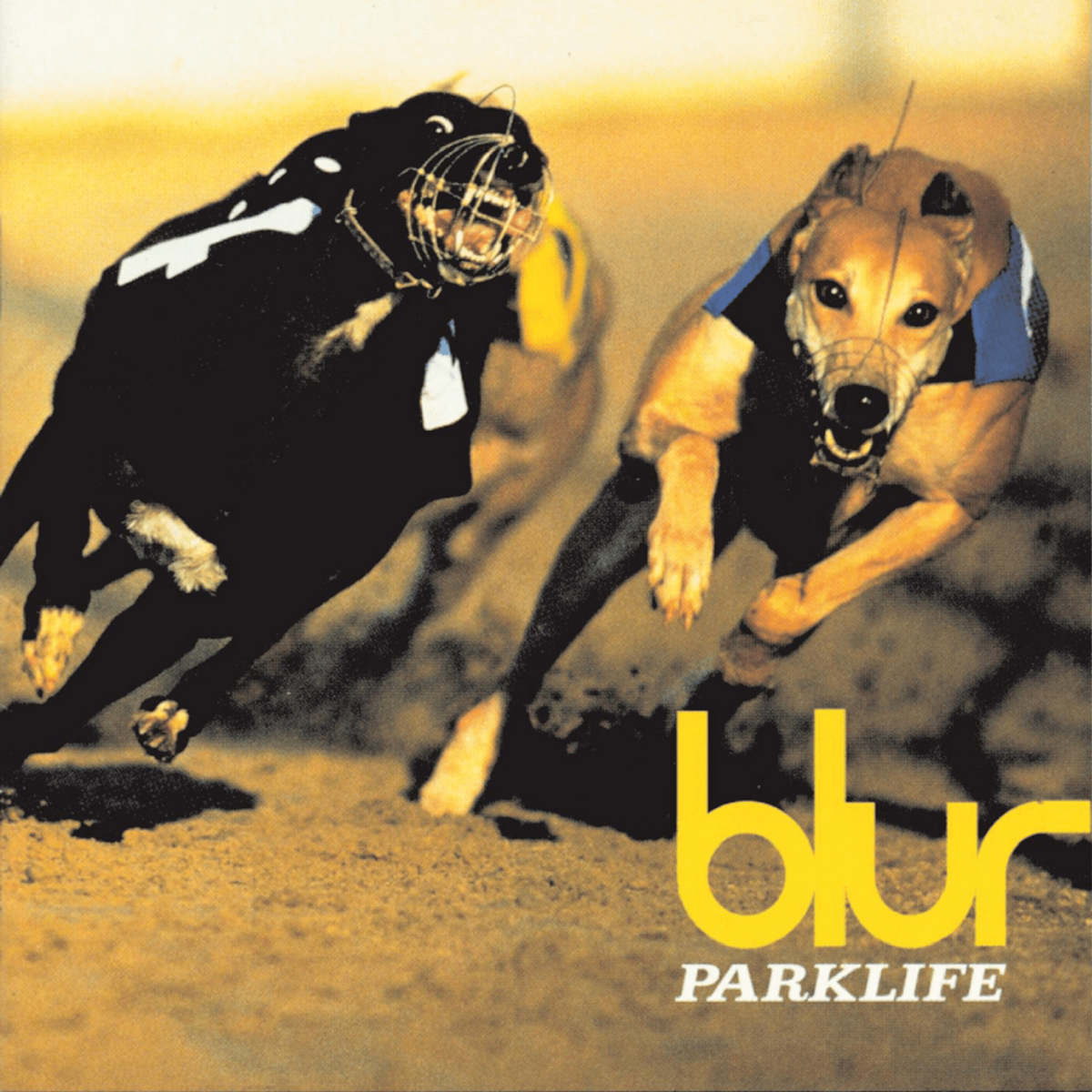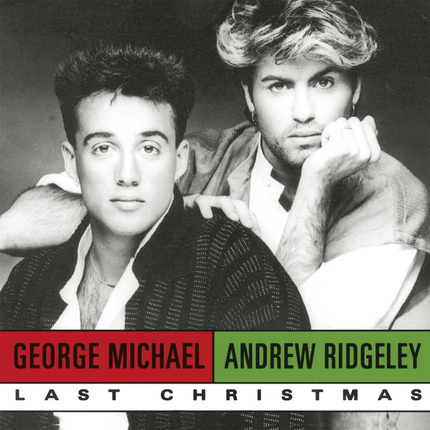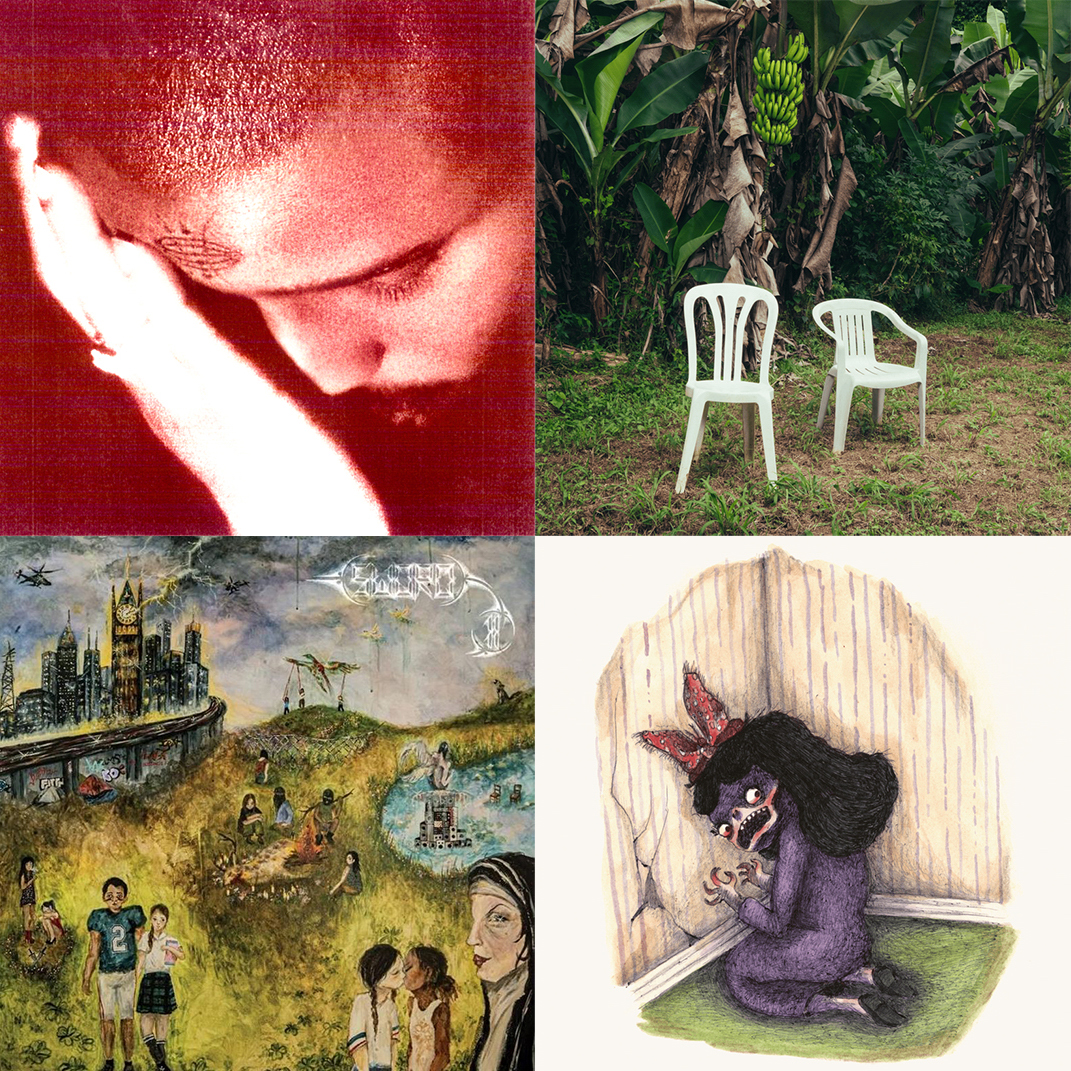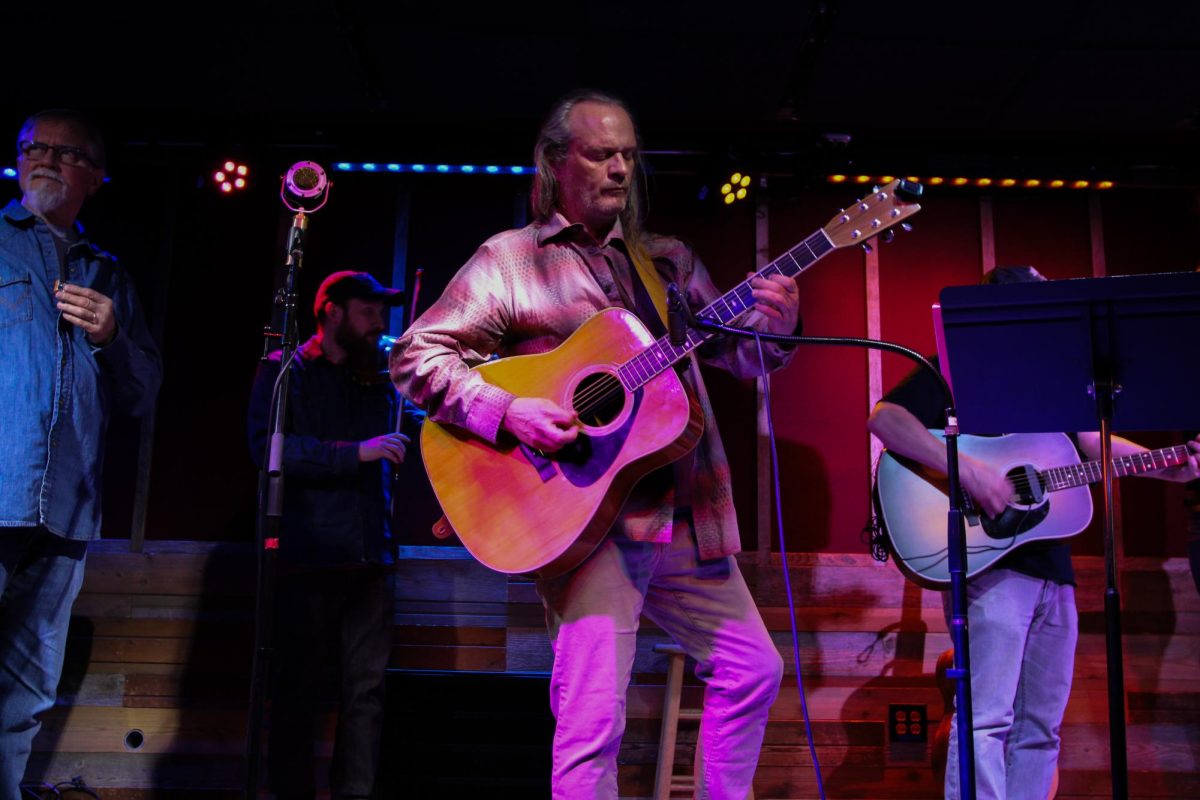Originally released as a single during the summer of 1994, “Parklife” confirmed Blur becoming one of the most influential bands in the Brit-pop genre.
Blur was created amidst the rising popularity of new British bands who produced music that drifted away from American ideals and inspirations. Led by singer Damon Albarn, who later formed the hit alternative-art-rock band Gorillaz, the band’s music grew an immense reputation of spunky rock-and-roll. Blur was the face of indie-rock in Britain as they pioneered the industry over the capabilities that indie bands could take on.
“Parklife,” the self-titled single on the album, was the leading song that challenged generational music and intersected between the social and cultural issues of 1994. At the same time, Blur’s hit single “Girls & Boys” had boosted the band to the United Kingdom Top 5 Singles for the first time. With the band already achieving significant music popularity, “Parklife” would soon double their status.
Even while “Parklife” was still a demo, Blur could sense the massive potential it held in the music world. It carried the characteristics of being a deep-cut indie-rock song with its raw guitar and heavy chorus. Blur’s bassist, Alex James, thought the demo was nearly perfect compared to the expectations the band originally had when going into the single.
“It was one of the most complete things I’d ever heard,” James said in the Blur biography “3862 Days.” “It was all there in the demo. Usually, all that there is is just an acoustic guitar and a vocal melody, not even any words often, but that was pretty complete.”
Get The Daily Illini in your inbox!
While the band composed “Parklife,” Albarn struggled to find the perfect voice to encapsulate the song’s fit. According to Dig!, Albarn wanted to find a pitch that fit the lyrics of “Parklife,” which included references to morning exercises, feeding pigeons at the park and the habitable voyeur.
“Confidence is a presence for the habitual voyeur of what is known as/ (Parklife).”
The debate over how Albarn would deliver the voice ended with Blur’s guitarist Graham Coxon requesting actor Phil Daniels to narrate the opening lyrics. Dig! wrote that Coxon believed Albarn could never achieve the character, and he suggested Daniels since the band were big fans of Daniels’s film “Quadrophenia.” Surely enough, the previously shelved narrations came back on track with Daniels achieving the now-iconic opening verse of “Parklife.”
Upon its release, the single immediately hit No. 10 on the singles chart and would last 199 weeks in the U.K. Top 100. It was the confirmation that Blur was changing the British music industry. Blur was one of the many Brit-pop bands that influenced the British indie craze. Indie music became the new pop music with bands like Blur, Oasis, The Stone Roses and Pulp.
Yet, “Parklife” can’t be as iconic as it is without its unforgettable cover photo.
Rewind/Fast Forward, a blog post about the album’s cover process, writes that Albarn thought depicting greyhounds on the cover would be good imagery. Designers took into account Blur’s previous album covers and took the search into London to find the perfect photo.
Nearly making the cover was an image of a fruit and vegetable stall in London’s Portobello Road, as well as a photo of Buckingham Palace when the album had the tentative title of “Soft Porn.” Still, the greyhounds reappeared in the conversation as the band liked their aggressiveness and deranged look.
Photographer Bob Thomas’s photo of greyhounds racing along a track was finally selected.
“Bob Thomas couldn’t believe we wanted it for a record cover,” said Rob O’Connor, the creative director behind “Parklife.” “I’m sure if he’d thought about it, he’d have asked for a bit more money.”
The album cover perfectly fits the band’s color scheme and the sleeves for the record. Blur thought it was a great balance for the audience they wanted their band to reach.
“The whole idea was what blokes do for entertainment,” O’Connor said. “I’ve always thought of Blur as a boy’s band, but one that also appealed to girls so that fitted in very well — sex for ‘Girls & Boys,’ beer for the ‘Parklife’ single.”
“Parklife” consists of 16 remastered songs, many of which are some of the band’s highest-streamed tracks. “Girls & Boys,” Blur’s most recognizable and catchy song, has many interpretations. Albarn sings about going out on holiday and interacting with the freedom of sexual preference.
With lyrics that point toward themes of having an expressive sexuality, the song also touches on the disruption of social norms when it comes to dating and hookup culture. Albarn’s tongue-twisting lyrics narrate the story of young women approaching young men during holidays instead of the other way around.
Holiday is the British term for “vacation,” a fun, universal time when people relax and meet others who want something short-term. Albarn reinforces this idea with the final line above, as he sings about not thinking too deeply about who you are in a relationship with.
Blur remains strong in today’s mainstream music culture as its timeless songs continue to touch young audiences. Their lyrics and themes are uniquely constant with changing pop culture. Their influence surely left a mark in Brit-pop history, as there has not been a band since Blur that has replicated the evolution of styles the band experimented with.






